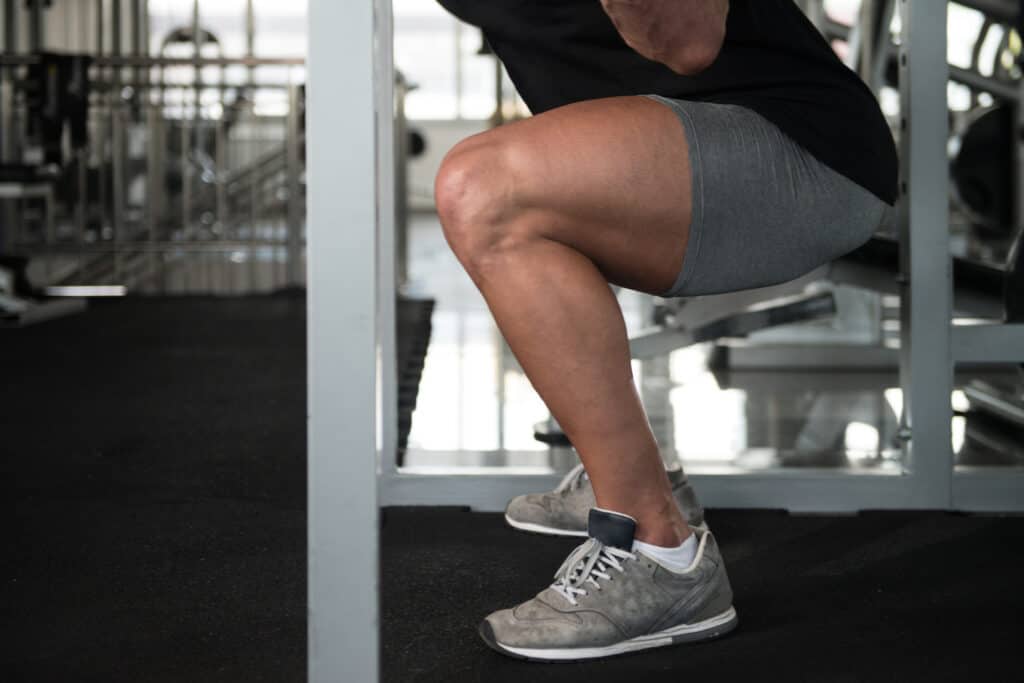Strength Training for Longevity
Maintaining muscle mass and strength is critical for aging adults. As we grow older, our bodies undergo various changes, including the natural loss of muscle mass and strength, known as sarcopenia. According to research, adults can lose up to 3 to 8 percent of muscle mass per decade after the age of 30, with the rate of decline accelerating after 60 (Volpi et al., 2019). This decline can lead to decreased mobility, frailty, and a higher risk of falls and fractures.
Why Strength Training Matters for Adults
Strength training has been shown to be one of the most effective methods for combating muscle loss and promoting longevity. Studies indicate that regular resistance training can enhance muscle strength, increase muscle mass, improve bone density, and boost metabolic rate (Fiatarone Singh et al., 2021). Moreover, strength training can enhance insulin sensitivity and support better glucose control, which is particularly beneficial for those at risk of type 2 diabetes (Church et al., 2010).
Additionally, maintaining muscle mass and strength contributes to improved balance and coordination, which are essential for preventing falls and maintaining independence as we age. A well-rounded strength training routine can also enhance cardiovascular health, reduce symptoms of depression, and improve overall quality of life.
Best Strength Training Exercises for Aging Adults
When developing a strength training program for older adults, focusing on compound exercises that target multiple muscle groups is essential. Here are some of the most effective exercises:
- Dumbbell Squat: Improves lower body strength, balance, and stability.
- Push-Up: (modified or traditional) – Enhances upper body strength and core stability.
- Deadlift: (using dumbbells or kettlebells) – Strengthens the posterior chain, improving hip function and lower back strength.
- Row: (dumbbell, kettlebell or cable rows) – Builds upper back and shoulder strength.
- Bridge: Targets glutes and hamstrings while promoting core stability.
Performing these exercises two to three times per week with appropriate rest days is recommended. Aim for 2-3 sets of 8-12 repetitions for each exercise.
Trainer Tips
- Start Slow: If you’re new to strength training, begin with lighter weights or resistance bands and gradually progress.
- Prioritize Form: Proper technique is essential to prevent injury. Consider working with a trainer if you’re unsure about your form.
- Stay Consistent: Consistency is key for building and maintaining muscle mass.
- Monitor Progress: Keep track of your progress using apps like Jefit to adjust your routine as needed.
Conclusion
Strength training is a powerful tool for promoting longevity and maintaining muscle mass as we age. By incorporating resistance exercises into a regular routine, older adults can significantly enhance their strength, mobility, and overall health. It’s never too late to start reaping the benefits of strength training.
Jefit: Discipline Drive Greatness in the Gym
If you’re serious about building muscle, tracking workouts, and reaching your fitness goals in 2025, the Jefit strength training app is the perfect tool to help you succeed. With over 20 million downloads and 12+ million users, Jefit is one of the best tracking apps for strength training. Recognized as the Best Fitness App of 2024 and featured in Men’s Health, PC Magazine, and USA TODAY, Jefit stands out with its user-friendly design, advanced workout tracking, and over 42,000 five-star ratings. Whether your goal is to gain strength, track progress, or optimize protein intake, Jefit has everything you need.
References
- Volpi, E., Nazemi, R., & Fujita, S. (2019). Muscle tissue changes with aging. Current Opinion in Clinical Nutrition and Metabolic Care, 12(4), 427-432.
- Fiatarone Singh, M. A., et al. (2021). Exercise and aging: A review of the benefits of strength training for older adults. Journal of Aging and Physical Activity, 29(3), 415-432.
- Church, T. S., et al. (2010). Resistance training improves muscle strength and body composition in older adults. The Journals of Gerontology: Series A, 65(11), 1208-1215.
- How to Easily Calculate Your Muscle Mass and Fat - April 25, 2025
- Top Hip & Back Extension Exercises for Posterior Chain Power - April 23, 2025
- Best Exercises to Build Strong & Defined Shoulder Muscles - April 21, 2025
